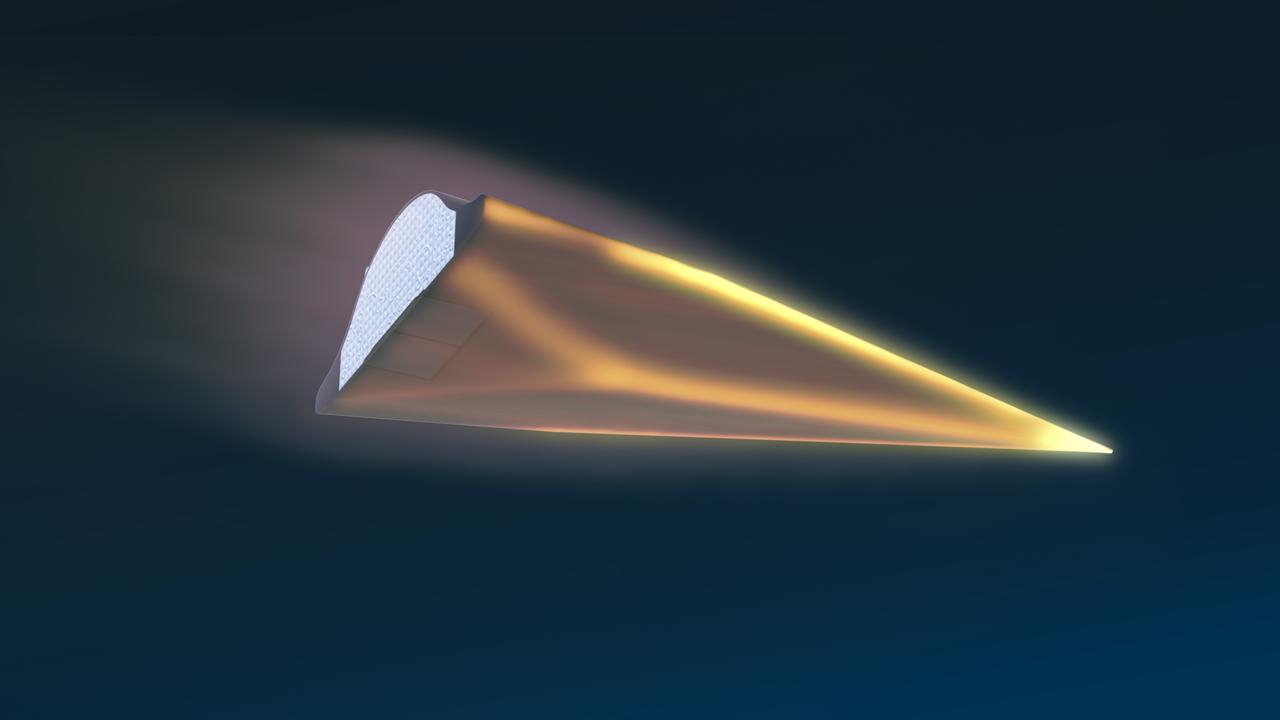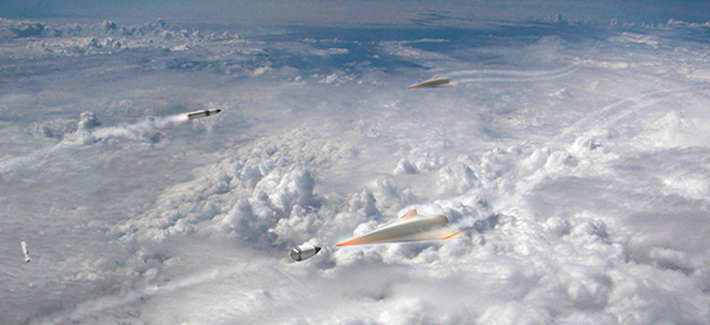US Boosts 'Glide Breaker' Program To Shoot Down Putin's "Invincible" Hypersonic Missiles
Hypersonic weapons have been the big talk at the Pentagon of late. Early this week US defense officials unveiled that America's classified hypersonics program will undergo a “very aggressive” expansion over the course of the next year. This is to include expanded testing, including at least "four initial flight tests of prototypes for glide bombs that can fly five times the speed of sound and maneuver en route," according Bloomberg.
But after over the past two years both Russia and China have hyped their own advancing programs (Putin has touted that his Avangard hypersonic missile as “invincible”), which many analysts believe could be further along than the US program, the more pressing worry is how to defend against the nearly impossible to stop high-tech weapon. Hypersonic missiles, such as the kind Russia has lately tested, “are hard to stop, they can maneuver, they’re unpredictable” and “hard to detect” so “you don’t have a lot of time” to respond — Mike White, the Defense Department’s assistant director for hypersonics was quoted this week as saying.
Toward this end, the Pentagon is pursuing experimental interceptor technology designed to take out possible incoming hypersonics.

The military analysis site Defense One explains of the developing program, still in its infancy:
On Tuesday, the Defense Advanced Research Projects Agency announced that it had awarded $13 million to defense contractor Northrop Grumman for its Glide Breaker program, an experimental effort to develop interceptors to take out highly advanced and highly maneuverable hypersonic missiles.
Details of the nascent Glide Breaker program remain classified, and it's as yet likely not far along, though we profiled the new program in 2018.
DARPA indicated that it “Intends to advance the United States’ (U.S.) means to counter hypersonic vehicles” by developing “enabling an advanced interceptor capable of engaging maneuvering hypersonic threats in the upper atmosphere.”
Illustrating the problem that enemy hypersonics poses for US homeland defense, former Vice Chief of Staff Paul Selva explained while addressing a Strategic Deterrent Coalition conference last year:
If you’re going Mach 13 at the very northern edge of Hudson Bay, you have enough residual velocity to hit all 48 of the continental United States and all of Alaska. You can choose [to] point it left or right, and hit Maine or Alaska, or you can hit San Diego or Key West. That’s a monstrous problem.
Among options listed for defending against the ultra-fast hypersonics includes "exploding warheads" as well as electronic warfare.
One missile defense analyst quoted in the Defense One report had this to say:
It’s important to remember that these things, traveling at high speeds under a lot of thermal pressure, are far from invincible. They have a lot of vulnerabilities. You might be able to bring together a mix of different approaches, including cyber or electronic warfare effects, to take one down.
The Pentagon is clearly reacting to the advancing programs of China and Russia. Defense Secretary Mark Esper a week ago referenced a developing “great-power competition” with China.
A 2018 report from the Government Accountability Office (GAO) warned that the current ballistic missile defense system in the US is powerless against hypersonic missiles from China and Russia.
* * *

https://ift.tt/2tdxBPL
from ZeroHedge News https://ift.tt/2tdxBPL
via IFTTT




0 comments
Post a Comment